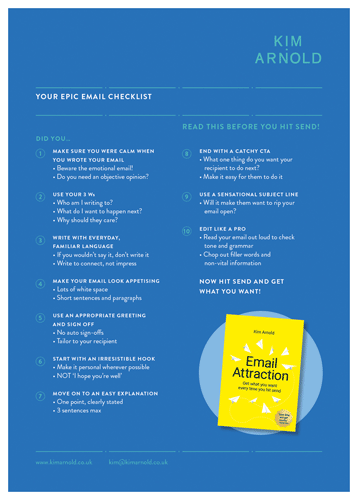We were stirring the bolognese one evening when my teenage daughter gave me some great advice.
I’d accidentally misgendered a friend of hers earlier that day and felt terrible.
‘If you use the wrong pronouns, don’t make a big deal out of it, Mum. Just say sorry, correct your mistake and move on. It’s not about you.’
The student has become the master.
Because when it comes to LGBTQIA+ inclusive language, I’m constantly learning (and often worrying about saying or doing the wrong thing).
And I’m conscious the awareness built up during Pride month needs to be sustained year round.
So…I’ve been following the brilliant Ettie Bailey-King of Fighting Talk for a while now.
She’s an inclusive language consultant who gives practical advice on how to understand and use anti-oppressive language.
She writes:
‘Telling yourself “I can’t be LGBTQIA+ inclusive because I can’t keep up with these language changes” is like saying “I can’t speak English, because I can’t keep up with the way grammar, syntax, spelling and vocabulary change over time.”
Embrace it. We need new words, new phrases and new meanings, so we can imagine a new world.’
Brilliantly put.
Language is constantly evolving in hundreds of different ways, so we just need to get with the programme.
And, thanks to this great blog by Ettie, it’s not as daunting as it might seem.
Language that liberates: 10 practical tips for LGBTQIA+ inclusive language
Here are my top 3 key takeaways:
1. If you always assume heterosexuality, you’re effectively forcing people to come out. (Gulp. This hit hard.)
Ettie advises making these changes to how we address people:

(Note to self: when I’m taking questions in my live workshops and speaking gigs, I’ll be sure to say something like ‘The person in the red shirt’ instead of ‘The woman at the back.’)
2. A fresh way to think about pronouns
Ettie suggests treating pronouns like names – it’s ok to ask people what theirs are, and it’s ok for them to sometimes change.
(And, she adds, you don’t have to ask in a hushed whisper – there’s nothing to get embarrassed about!)
3. Simple changes we can all make straight away
- Include pronouns in our email signatures
- Remove gendered titles or salutations (like Mr, Ms, Miss or Mrs)
- Avoid gendered boxes on forms
- Use singular ‘they’ if we don’t know someone’s pronouns. Ettie gives this example:
“Someone called for you.”
“Did you get their name?”
“No, they didn’t say.”
I hope these tips helped you as much as they did me – do read Ettie’s whole blog as it’s well worth it.


